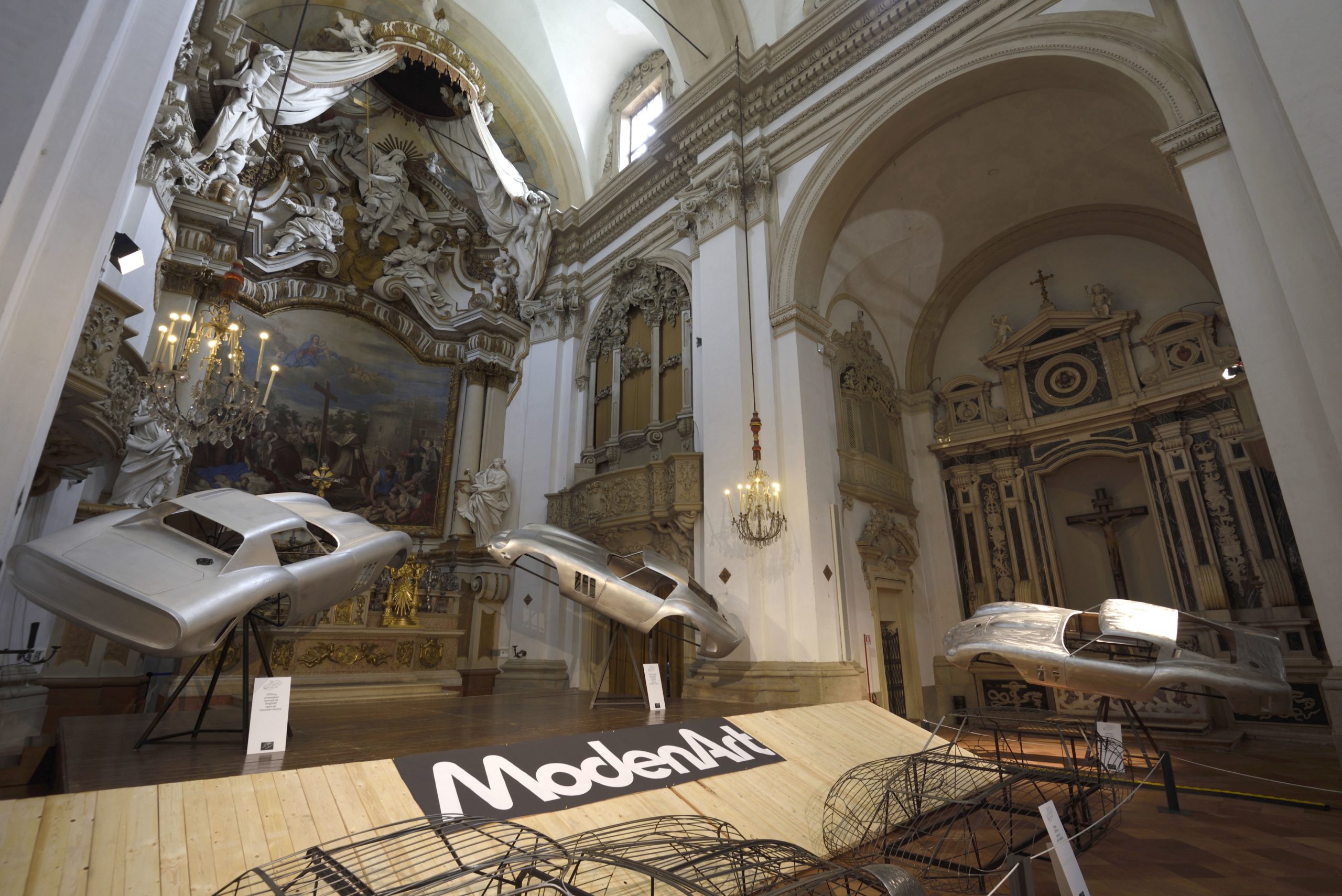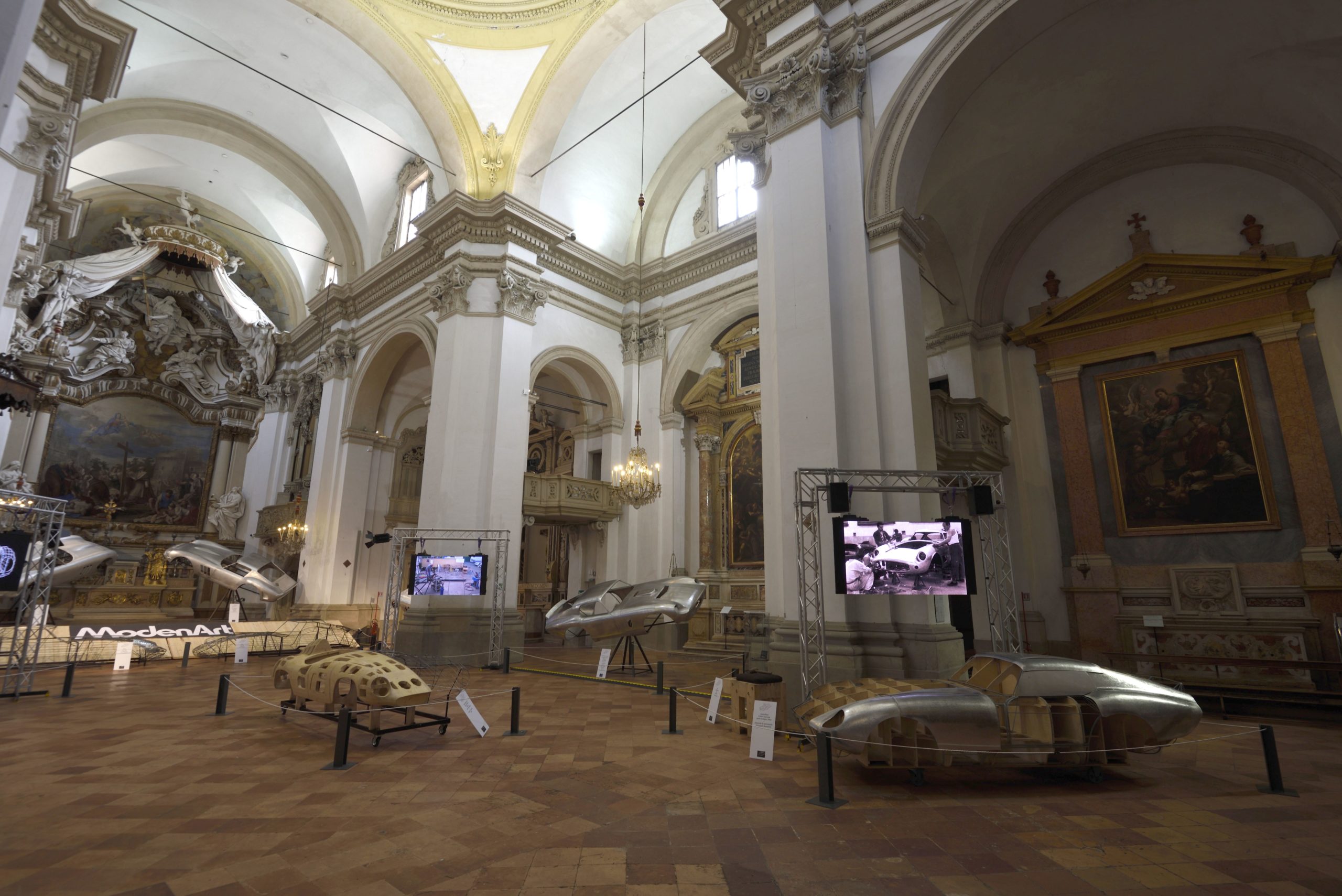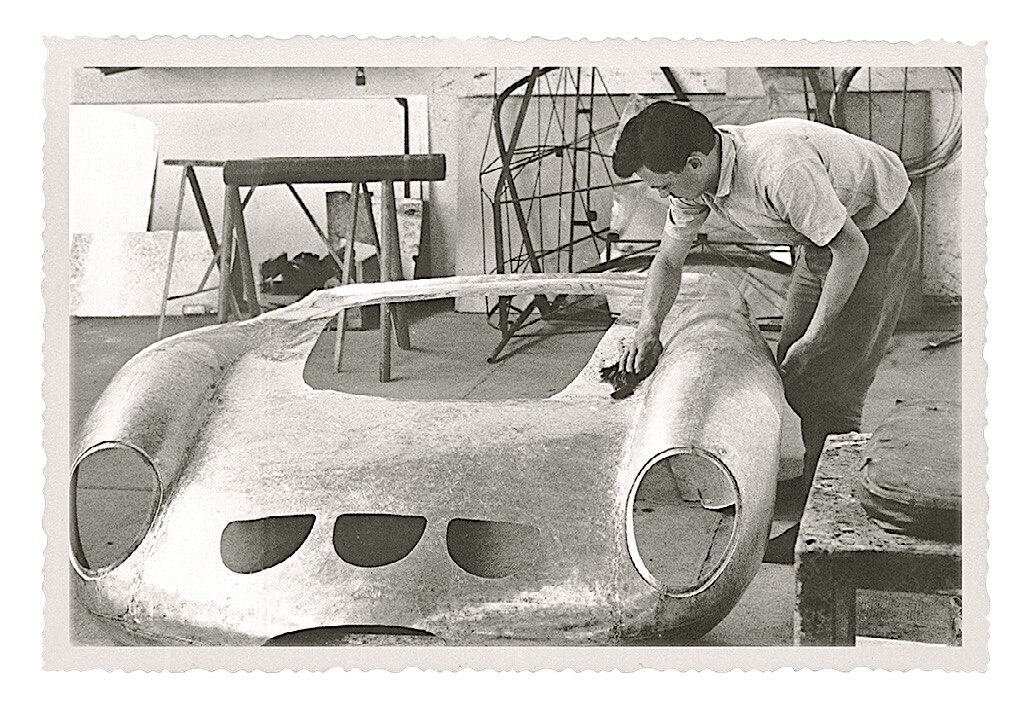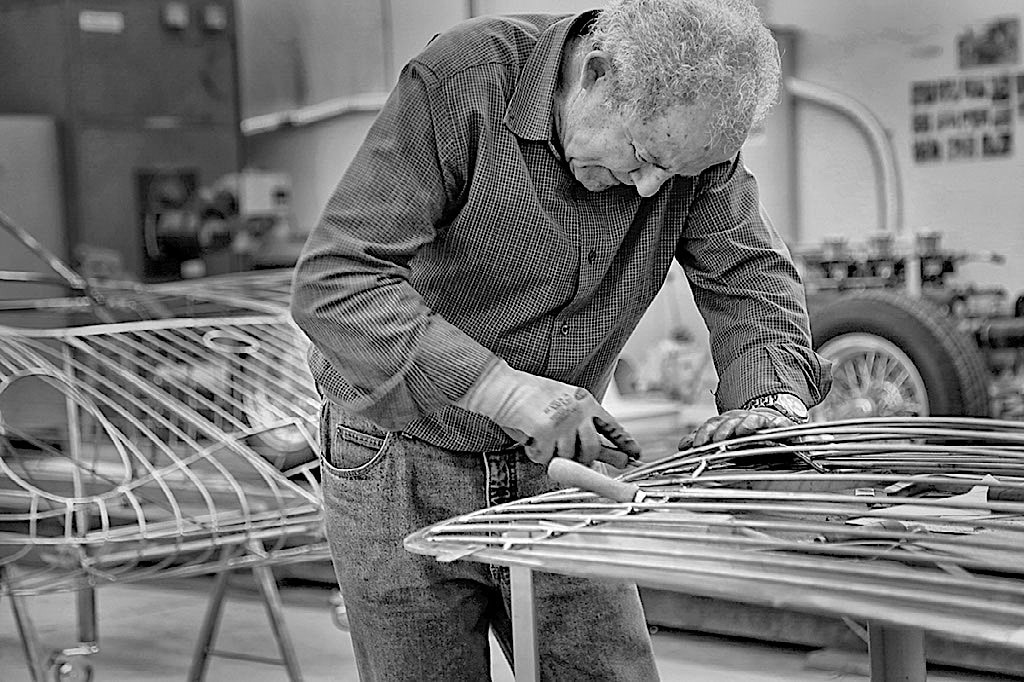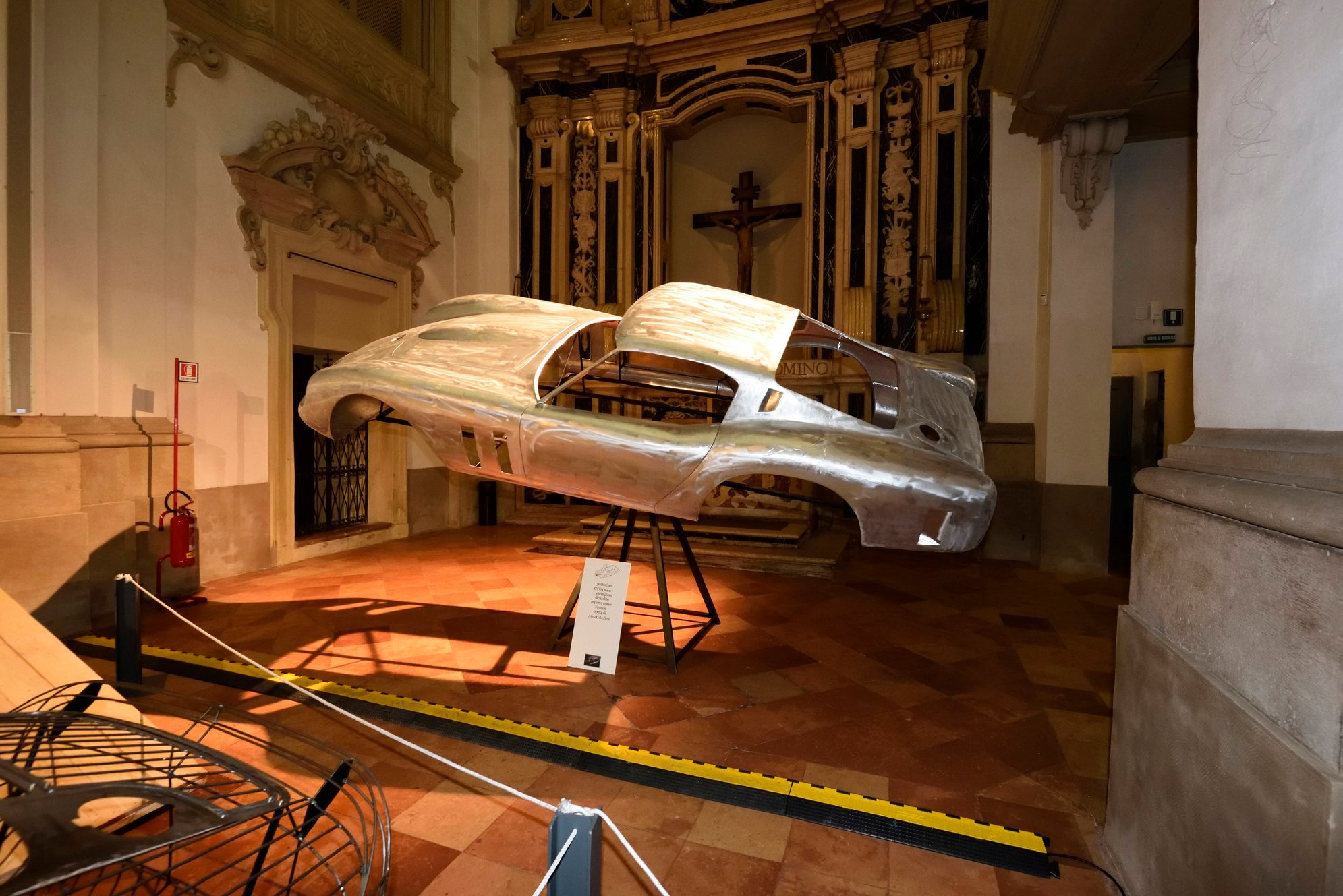Moden Art
Photo credit: ModenArt
The great artists of the past, from Michelangelo to Leonardo Da Vinci, learned their trade in the workshops of the Masters – already established artists who needed shop boys. The vast majority handed down their craft in this way. There is, however, a form of art in which artists hand beat aluminium sheet panels on cushions made from truck tarps filled with sand, creating magnificent automobiles intended for racing – and not only – that risks being lost forever. The magnificent panel beaters of Scaglietti, Fantuzzi, Gran Sport and many others, true and authentic artists, no longer have students. The Modenese tradition which gave rise to countless Ferrari, Maserati and Stanguellini masterpieces but also the Shelby Cobra Daytona Coupe and De Tomaso, is no longer training young aspiring artists and the old masters are leaving the scene forever. The Key 2020 explores this world and presents the man from France who, with passion and sheer commitment, aims to turn this trade into an art museum. Jean Marc Borel has gathered together the last few remaining master coachbuilders in his workshop in Campogalliano and has commissioned them to recreate the bodywork of some the most famous cars of the past using wooden bucks and, more importantly, the “filoni” wires that are specific to the Modena school of coach building, so that they can be put on permanent display in a museum. In the meantime, he has organised a magnificent exhibition in Modena in a converted church that illustrates just how much the baroque architecture and furnishings pair delightfully with the slender silhouettes of the bare aluminium shapes. A wonderful story worth discovering.
